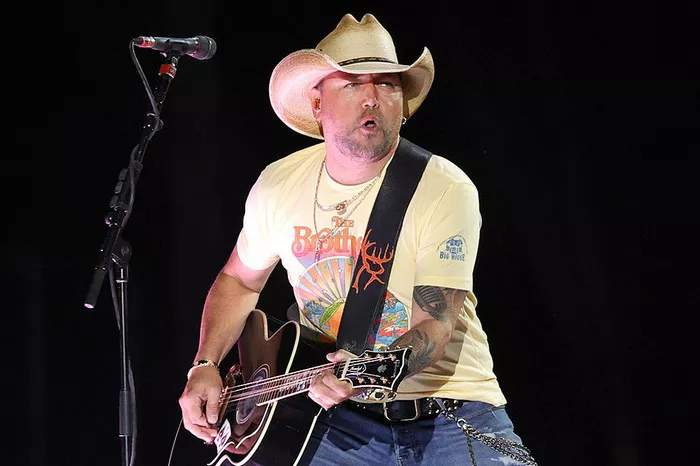Country music is a genre with a rich and diverse history. Its roots run deep in American culture, reflecting the lives and stories of ordinary people. The genre encompasses various styles, from the twang of traditional country to the polished sounds of contemporary country pop. Among these styles, some are characterized by unique instrumentation choices. One notable aspect is the use of drums—or the lack thereof. This article explores the types of country music that traditionally do not include drums in their instrumentation, delving into their origins, characteristics, and prominent artists.
I. The Evolution of Country Music
Country music has evolved significantly since its inception in the early 20th century. Initially, it was a blend of folk music from European immigrants, African American blues, and gospel music. Early country music was simple, with basic instrumentation such as acoustic guitars, fiddles, and banjos. As the genre developed, it began to incorporate more instruments, including the steel guitar and electric guitar.
II. Traditional Country Music
Traditional country music, also known as old-time music, is one of the earliest forms of the genre. This style of country music often lacks drums, relying instead on string instruments to create rhythm and melody.
Characteristics
Instrumentation: Acoustic guitars, fiddles, banjos, mandolins, and upright basses are commonly used.
Rhythm: The rhythm is typically provided by the strumming patterns of the guitar and the bowing of the fiddle.
Lyrics: Themes often revolve around rural life, love, and hardship.
Artists: Prominent artists include The Carter Family, Jimmie Rodgers, and Hank Williams.
III. Bluegrass Music
Bluegrass is a subgenre of country music that emerged in the 1940s. It is known for its fast tempos and virtuosic instrumental performances. Drums are rarely used in traditional bluegrass, with the rhythm section consisting primarily of string instruments.
Characteristics
Instrumentation: Banjo, mandolin, fiddle, guitar, upright bass, and sometimes the dobro.
Rhythm: The rhythm is driven by the banjo’s syncopated rolls and the bass’s steady beat.
Harmony: High-pitched vocal harmonies are a hallmark of bluegrass music.
Artists: Notable artists include Bill Monroe, Lester Flatt, and Earl Scruggs.
IV. Appalachian Folk Music
Appalachian folk music, originating from the Appalachian Mountains, is another style that typically does not include drums. This music draws heavily from the musical traditions of early European settlers.
Characteristics
Instrumentation: Fiddle, dulcimer, banjo, guitar, and occasionally the autoharp.
Rhythm: The rhythm is provided by the fiddle and banjo, with a strong emphasis on melodic and harmonic interplay.
Lyrics: Songs often tell stories of life in the mountains, with themes of love, loss, and nature.
Artists: Influential artists include Jean Ritchie, Roscoe Holcomb, and Dock Boggs.
V. Western Swing
Western swing is a hybrid of country music and jazz that became popular in the 1930s and 1940s. While it often includes a drum kit in modern interpretations, early Western swing bands sometimes performed without drums, using string instruments to provide rhythm.
Characteristics
Instrumentation: Fiddle, steel guitar, piano, bass, and sometimes brass instruments.
Rhythm: The rhythm is often driven by the piano and bass, with the fiddle and steel guitar adding melodic elements.
Style: It incorporates elements of swing, jazz, and blues.
Artists: Pioneers of the genre include Bob Wills, Milton Brown, and Spade Cooley.
VI. Early Country Gospel
Country gospel music, a subgenre blending Christian themes with country instrumentation, often excludes drums. This style focuses on vocal harmonies and acoustic instruments.
Characteristics
Instrumentation: Acoustic guitar, fiddle, upright bass, and occasionally the harmonica.
Rhythm: The rhythm is provided by the strumming of the guitar and the upright bass.
Lyrics: The lyrics are centered around faith, salvation, and worship.
Artists: Influential artists include The Louvin Brothers, The Chuck Wagon Gang, and The Carter Family.
VII. Americana and Folk Revival
The Americana and folk revival movements of the mid-20th century saw a resurgence of interest in traditional American music forms. These styles often emphasize acoustic instrumentation and typically do not use drums.
Characteristics
Instrumentation: Acoustic guitar, banjo, fiddle, mandolin, and upright bass.
Rhythm: The rhythm is driven by the strumming and picking patterns of the guitar and banjo.
Lyrics: Themes often include social justice, historical events, and personal reflection.
Artists: Notable artists include Woody Guthrie, Pete Seeger, and Joan Baez.
VIII. Outlaw Country
Outlaw country, a subgenre that emerged in the 1970s as a reaction against the polished sound of Nashville country, sometimes eschews drums in favor of a more stripped-down sound.
Characteristics
Instrumentation: Acoustic guitar, electric guitar, bass, and harmonica.
Rhythm: The rhythm can be provided by the guitar and bass, with an emphasis on storytelling and lyrical content.
Style: It is characterized by a rebellious attitude and a return to the roots of country music.
Artists: Prominent artists include Willie Nelson, Waylon Jennings, and Johnny Cash.
IX. Influence of Drums in Modern Country Music
While many traditional and subgenres of country music do not include drums, the modern country genre has largely embraced the use of percussion. The inclusion of drums has added a new dimension to the music, allowing for more dynamic and energetic performances. However, the influence of drumless styles can still be heard in many contemporary country songs, where the focus remains on melody, harmony, and storytelling.
See Also: Exploring Expressionism in Music: Its Origins and Influence
X. Conclusion
Country music is a diverse and evolving genre with a rich history. While modern country music often includes drums, many traditional styles and subgenres, such as traditional country, bluegrass, Appalachian folk, Western swing, country gospel, Americana, and outlaw country, traditionally do not include drums in their instrumentation. These styles rely on acoustic instruments to provide rhythm and melody, creating a distinctive sound that has influenced countless musicians and continues to resonate with audiences today. By understanding the origins and characteristics of these drumless styles, we can appreciate the depth and variety of country music’s heritage.

